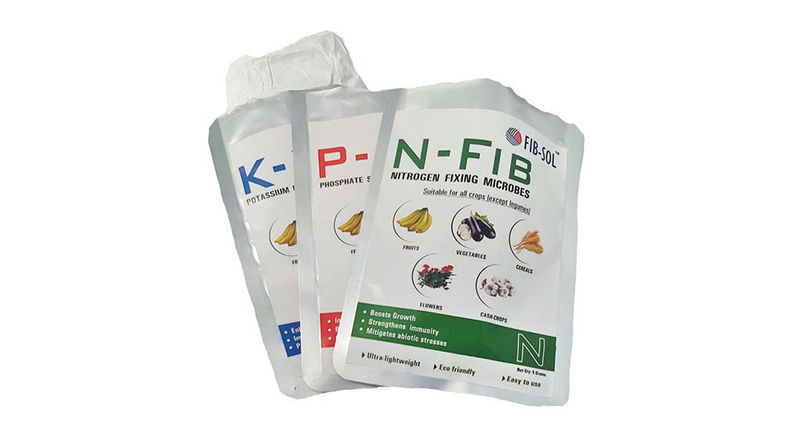Energy conversion at nano-scale achieved
-
- from Shaastra :: vol 02 issue 04 :: Jul - Aug 2023

In his famous 1959 lecture, 'There's Plenty of Room at the Bottom', (bit.ly/feynman-plenty) Richard Feynman (pictured below) discussed the potential of nanotechnology, predicting enormous possibilities in the atomic world of materials.
Researchers have now achieved energy storage and conversion in the same material at the nano-scale (go.nature.com/3PmdMNQ). They have made a crystal out of dinuclear molecules of cobalt (Co) and gallium (Ga) which can convert heat and light into electrical energy as well as store the energy.

The CoGa crystal converts light into electrical energy with a 30% efficiency and converts heat with a 90% efficiency, whereas the efficiency of commercially available solar cells is about 20%. Pritam Sadhukhan, lead author of the study at Kyushu University in Japan, said that the crystal is the size of pulses. The longest and most challenging part of the research, he says, was finding suitable elements in the periodic table. It took researchers more than a year to prepare the desired molecule from the chosen elements.
The CoGa crystal can be used in space technologies as well as robotics.
During the first phase of combining atoms, researchers prepared a solution of cobalt, gallium, and other elements such as carbon, nitrogen and oxygen. By performing multiple reactions, they incorporated different atoms in the skeleton of a carbon molecule. Gradually, the final solution formed into a stack of cobalt-gallium metals with other elements, in a process called 'crystal engineering'.
External stimuli can change the configuration of the CoGa molecule. Here, the last orbital of cobalt has three vacant places for electrons. On applying heat or irradiating with light, an electron gets trapped in the last orbital before managing to escape. The escaping electrons generate a current in the crystal. Researchers used a green laser as a stimulus, showing that it would respond to the green wavelength of sunlight.
The research team is working towards increasing the efficiency of the crystal and making commercial solar cells out of it. "It can be used in space technologies as well as in robotics," says Sadhukhan. As the molecule itself can store energy, it bypasses the need of a battery, possibly making a huge difference to the miniaturisation of instruments.
"The study's results will be instrumental in creating new chiral spintronic materials in the future," says Amit Kumar Mondal, a scientist at the Institute of Nano Science and Technology, Mohali.
Have a
story idea?
Tell us.
Do you have a recent research paper or an idea for a science/technology-themed article that you'd like to tell us about?
GET IN TOUCH














